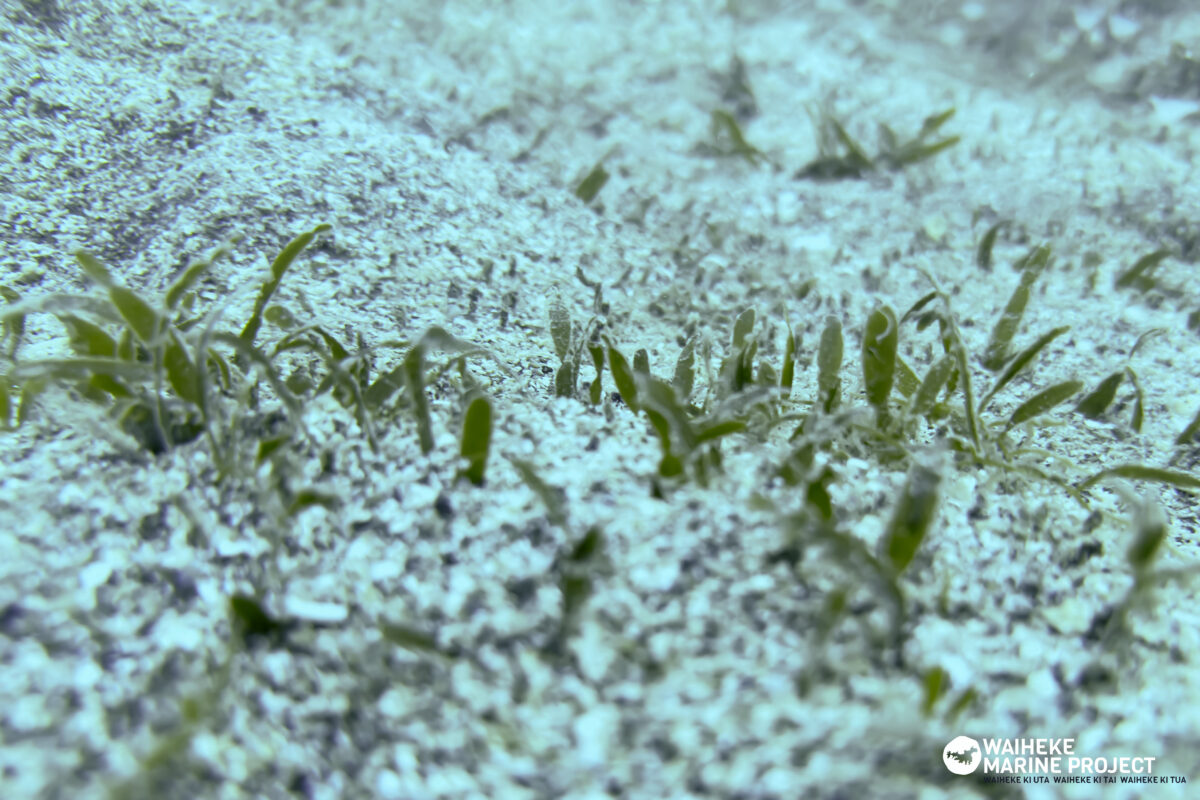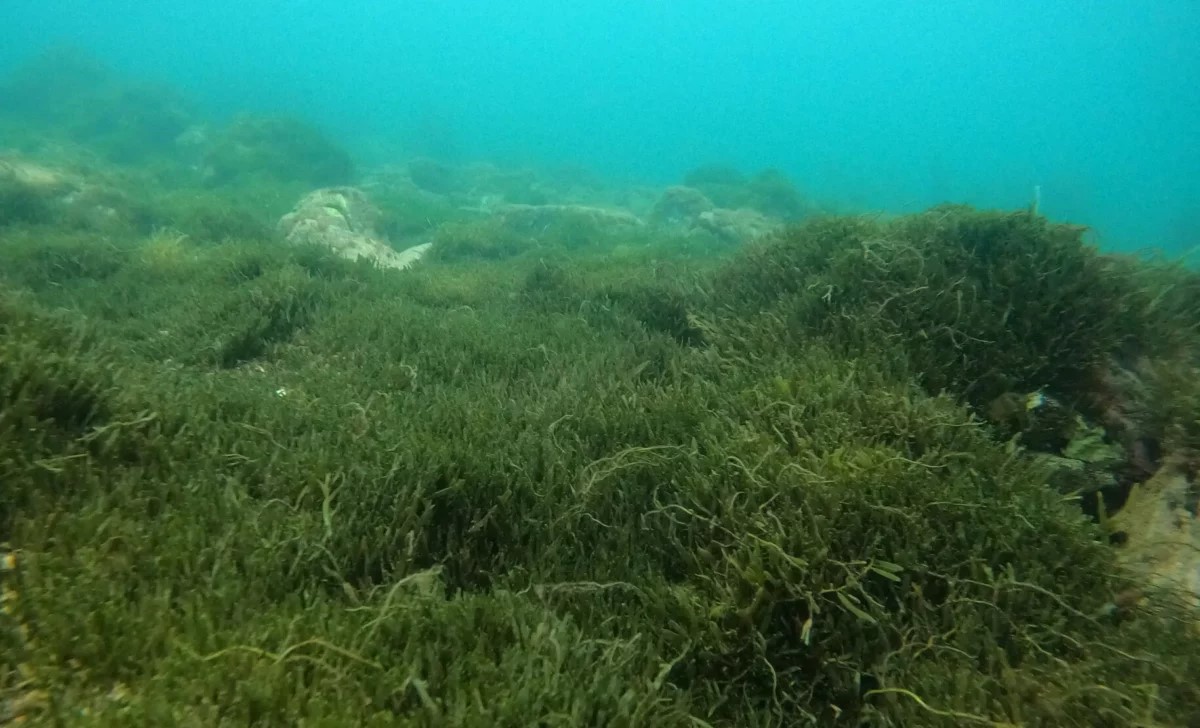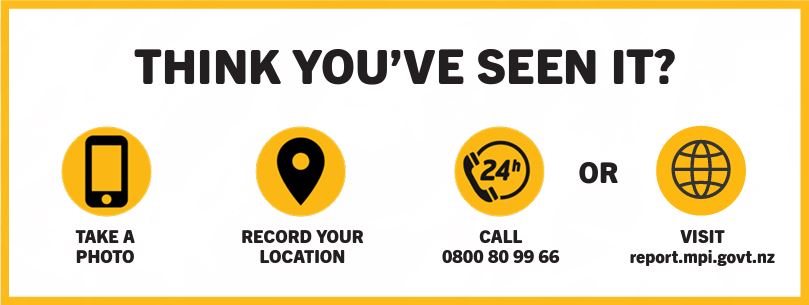Stop the spread of invasive exotic caulerpa seaweed
Exotic caulerpa is an invasive seaweed that has been found in New Zealand waters and is threatening our ecosystems.
We need your help in controlling the spread of these unwanted organisms by following the rāhui and Controlled Area Notice (CAN) requirements currently in place in bays around Aotea Great Barrier Island, Ahuahu Great Mercury Island, Te Rāwhiti and Waiheke Island.
You can also help by reporting if you suspect you have found exotic caulerpa outside of the controlled areas. This helps MPI to make good biosecurity decisions to protect Aotearoa New Zealand’s unique marine environment.
What is exotic caulerpa?
Exotic caulerpa is a highly invasive seaweed that’s been found in several locations in the upper North Island. It spreads rapidly, forming dense mats and potentially smothering our native species.
Why is exotic caulerpa a threat?
In favourable conditions, exotic caulerpa can spread rapidly, forming vast, dense beds or meadows. They compete with other species (including our own native caulerpa) for space and upset the balance of local ecosystems. This presents a risk to recreational, cultural, and commercial marine activities.
How does it spread?
Exotic caulerpa breaks into little pieces and is easily carried on coastal currents or spread accidentally by people, tangled in anchors, anchor chains and fishing or diving gear. Fragments can survive out of water for up to a week or more in moist locations.
Where is it?
It has been found at Aotea Great Barrier Island, Ahuahu Great Mercury Island, Te Rāwhiti Inlet in the Bay of Islands, offshore from Kawau Island and also Waiheke Island.
How to identify exotic caulerpa
It can be found underwater or washed up on the beach. Both species of exotic caulerpa, Caulerpa brachypus and Caulerpa parvifolia, are closely related and look identical.
They have bright green vertical fronds in the shape of “solid” oar blades. These can be up to 10cm long and rise from horizontal runners or roots known as stolons. Exotic caulerpa can be found growing from just below the tideline to over 30 metres deep and can grow on lots of different seafloor types including reef, sand, mud, gravel, etc.
There are two native caulerpa species that have obvious differences and are not a concern. Watch the MPI video on how to identify and report exotic caulerpa here.
Stop the spread when boating, diving and fishing
If you find seaweed when you pull up your anchor or gear, remove it, bag it securely so it can't get back into the water, and take it ashore for disposal in a rubbish bin. If you find some on your boat or gear when you’re already back at shore, put it in the household rubbish, making sure it doesn’t get back into the sea.
What is a Controlled Area Notice?
A Controlled Area Notice is a legal control restricting anchoring, movement of vessels and fishing in the specified areas. Specific conditions apply for each location so check the MPI website here to find out where they are and what you can and cannot do in each area.
These rules are in place because anchoring and some types of fishing pose a high risk of spreading exotic caulerpa from areas of infestation.
Photo credit: Banner image - https://www.mpi.govt.nz/
#1 - Waiheke Marine Project
#2 - Shaun Lee






Find out more about what MPI is doing in response to exotic caulerpa here.
Remember to be aware of the Controlled Area Notices before heading out, there are currently 3 locations in the upper North Island, they are in place to help prevent the spread of exotic caulerpa. To find out if there is a Controlled Area notice near you please visit: MPI Controlled Area Notices
Disclaimer: This information is correct as of 1/4/25, please visit MPI here for the most up to date information

